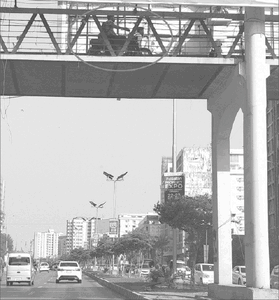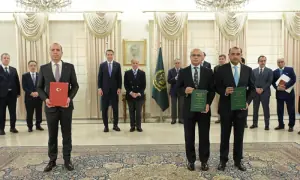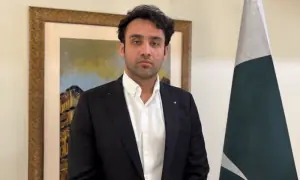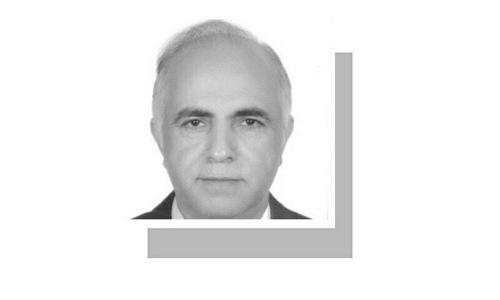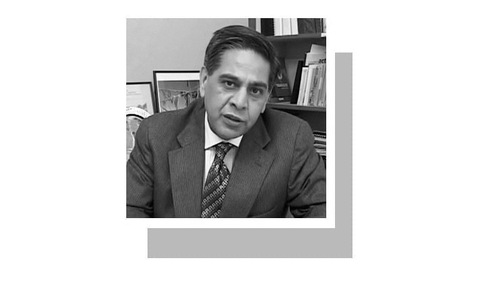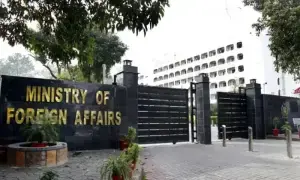RELIGIOUS tourism holds immense potential for Pakistan, offering a golden opportunity to boost the economy and promote interfaith harmony. By investing in its rich religious heritage, Pakistan can attract pilgrims from across the world and establish itself as a hub for spiritual tourism.
Saudi Arabia is a leading example to follow and learn from. It has really taken religious tourism to new heights by expanding its facilities for millions of Muslim pilgrims who visit Makkah and Madina right through the year.
With such facilities in place, it is no wonder that the economic impact of religious tourism in Saudi Arabia happens to be immense, with the pilgrims ending up spending billions of dollars every year.
India has developed its own Buddhist Circuit, linking historic sites, such as Bodh Gaya, Sarnath and Kushinagar. This initiative has attracted thousands of Buddhist pilgrims from Japan, Thailand and Sri Lanka, contributing significantly to the Indian economy. Israel has also capitalised on religious tourism, attracting Christian and Jewish pilgrims to revered sites like Jerusalem, Nazareth and Bethlehem.
Pakistan, a land that is rich in spiritual significance, is sitting on a goldmine of opportunities related to religious tourism. The Gurdwara Darbar Sahib Kartarpur stands as a shining example, attracting Sikh pilgrims from India and around the world.
Sindh, too, has a treasure trove of Hindu and Jain temples, such as the Shri Shiv Mandir in Umerkot and the Jain temples in Nagarparkar. The proposal by the relevant provincial minister to establish a Kartarpur-style corridor for Hindu and Jain pilgrims could further enhance religious tourism and strengthen cultural ties with India in the future.
To maximise its potential, Pakistan should develop religious sites near its borders with India, making it easier for pilgrims to visit. Restoring temples and mandirs in Umerkot and Nagarparkar could attract thousands of Hindu pilgrims each year.
However, infrastructure development is equally important. Improved roads, better accommodations, and seamless visa processes would ensure a smooth experience for visitors. Cross-border collaboration with India can further facilitate religious tourism, allowing easier access to Pakistan’s sacred sites.
Marketing and promotion play a crucial role in attracting international pilgrims. At the same time, preservation efforts must be prioritised to protect historical religious sites for future generations.
Engaging local communities in tourism activities would also provide economic benefits while offering visitors an authentic cultural experience.
By implementing these strategies and taking inspiration from Saudi Arabia, India, Israel, and suchother countries, Pakistan can start working towards establishing itself as a leading destination for religious tourism.
Naimatullah Gadhi
Khairpur Mirs
Published in Dawn, May 12th, 2025


